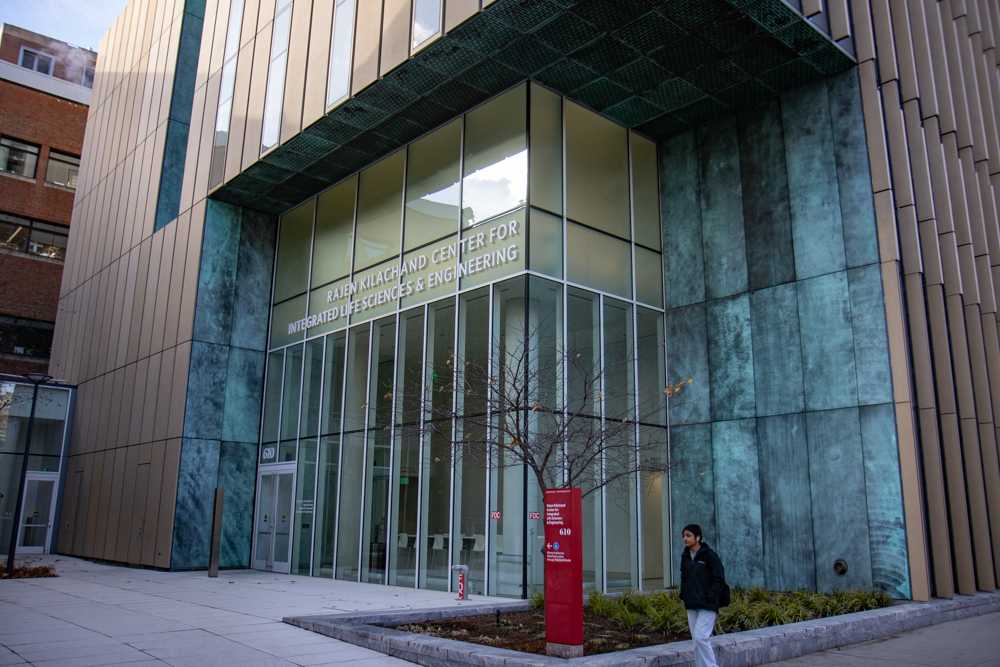The center of our galaxy recently ripped up matter, according to a recent sighting made by scientists. In Early November,’ a team of European and U.S. astronomers used the European Organization for Astronomical Research’s Very Large Telescope (VLT) and the Atacama Pathfinder Experiment (APEX) telescope, both in Chile, to study light from Sagittarius A*, the supermassive black hole in the centre of the Milky Way. This is the first time the scientists have been able to detect matter being torn apart by the supermassive black hole simultaneously on the two telescopes.
Boston University astronomy professor Alan P. Marscher comments on the telescope findings.
Science and Tech: What happens when matter is pulled in by the gravitational force of Sagittarius A*?
Professor Marscher: Our black hole is pretty starved. When black holes are fed, they shine with an extremely high luminosity because stuff is constantly falling into them. Stuff falls in and flows around like water flowing down a drain and spins faster and faster. The angular momentum is the physical reason for that.
As the matter falls, the frictional forces cause the matter to heat up, and you essentially have ionized gas swirling around a black hole. There are very hot ultra-violet rays and x-rays as well as visible light. It also swirls around the magnetic fields to make jets. Before stuff falls in it gets shot and whipped around the poles.
Science and Tech: Why is it important for scientists to observe matter being torn apart by Sagittarius A*?
Professor Marscher: What we don’t know exactly is where these sorts of flares occur, and we don’t know exactly how stuff falls into a black hole to form a disk. Also, we don’t know if black holes at the galactic center are continuously shooting out jets. And those are just some of those details we’re trying to figure out.
Science and Tech: So what do you know about black holes?
Professor Marscher: What we found is that the mass of the black hole at the center of a galaxy is proportional to the mass of stars in what we call the bulge. Our galaxy is mainly a disk and has more of a football shape, and the mass of that bulge is more football shape is directly proportional to mass of the black hole at center. The two kind of grow up together. The bulge gains mass at same time the black hole gains mass. And it started back within million years of the Big Bang.
Science and Tech: What’s a common misconception you often hear about black holes?
Professor Marscher: The most common misconception is that you won’t get any light, and that it’s just this hole in space, and that’s not what you actually see. When there’s stuff falling into a black hole it lights up like crazy. It’s not even a black part of space because there’s so much light coming from behind the black hole that bends around [the black hole].
























































































































